An Ancient Roman Cult’s Rituals Included Feasting, Fire, and Floor Cleaning
To uncover new clues about the secretive world of Mithraism, scientists considered evidence right at their feet.
Inside the chamber it is dark, and the flickers of torchlight play across the features of the men gathered. The meal over, they sit relaxed on long stone benches that face each other in the narrow nave. Their god has left them for the time being, but embers of the fire that brought him to share the feast still glow red on the altar nearby. Soon, the devout will gather and burn the scraps, including chicken bones and suckling pig carcasses picked clean of meat. Then they will disperse the ashes across the floor and pace deliberately back and forth over them. The ritual completed, the men will walk out with charcoal-blackened feet—a mark of their cult that will remain unstudied for millennia.
With no written records of their rituals or beliefs, details of the cult of Mithraism have long been a mystery. Centuries of scholars have explored Mithraea, the temples they left behind adorned with carvings of gods and animals, and hypothesized about the rites that may have taken place within. Now, new approaches to studying these sites, including those highlighted in a recent paper published in Archaeological and Anthropological Sciences, may finally bring Mithraism to light: Ceremonial feasts, fiery offerings, and a ritual involving the renewal of the ground all may have been central to the cult’s worship of the god Mithras.
The Greco-Roman world had many secretive cults, each devoted to a specific deity, and Mithraism is actually one of the less obscure—though much of what has been claimed about it is suspect at best. Some contemporary texts, particularly by early Christian authors, hint at fearsome rituals involving fire, live burials, and simulations of death. But researchers today are skeptical of many of these stories, most of which are hearsay.

“We have no handbook or true testimony from initiates into Mithraism,” says Attilio Mastrocinque, a University of Verona archaeologist. “I can say we understand almost nothing.”
What little we do know comes largely from carvings found inside Mithraea, though interpretations for what the images mean vary. The belief system’s roots may lie in Persia, where there was a deity with the name Mithra—though many scholars question this connection. Cult members worshiped the god Mithras, who may have been associated in some way with the Sun. The frequent motif of stars and constellations in excavated Mithraea also suggest astronomical observations may have been a component of the cult. Other carvings hint at initiation rites and allude to figures from Roman mythology.
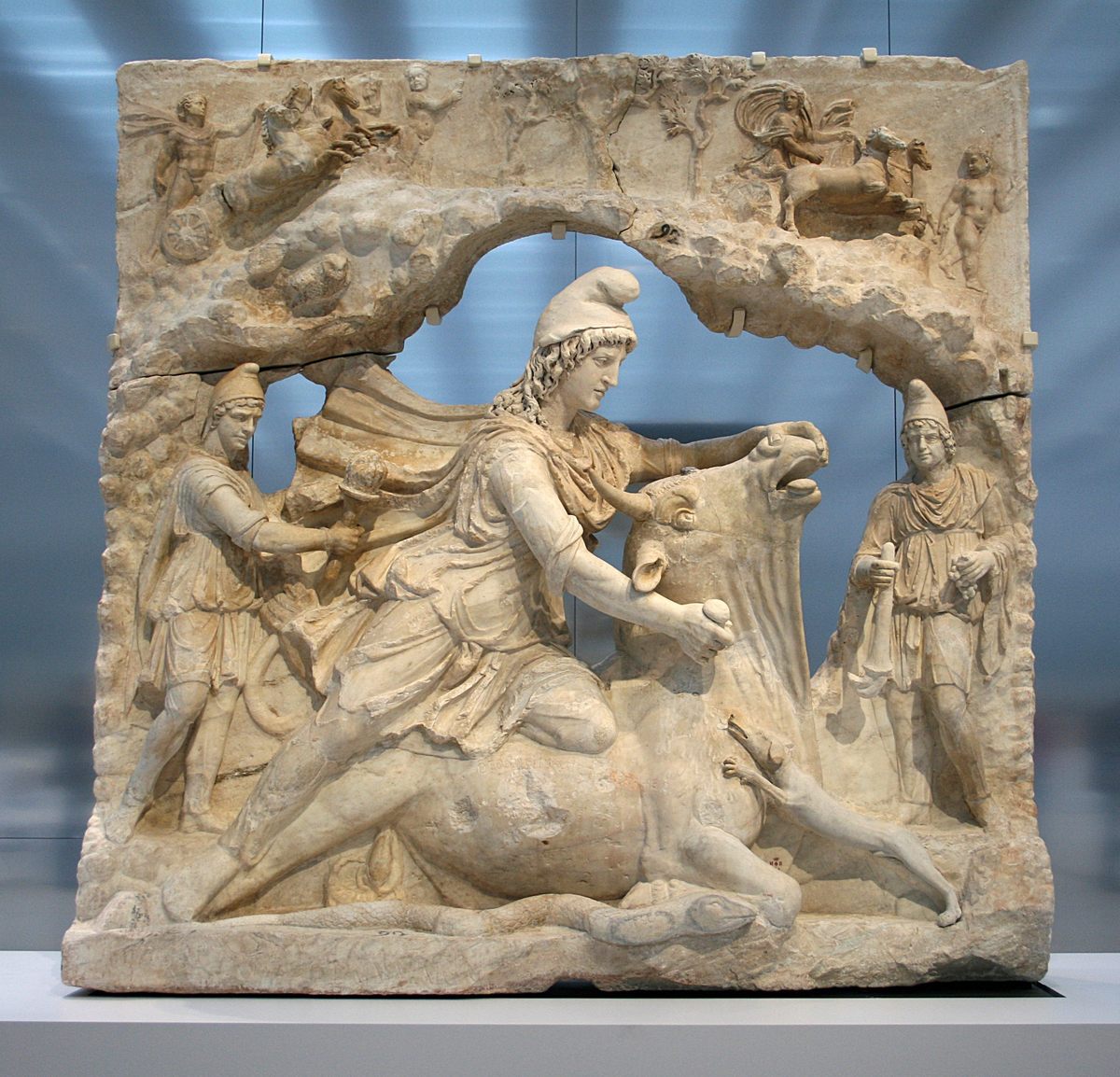
Mithraism appears to have been restricted to men, and, secrecy notwithstanding, was widespread between the first and fourth centuries. “It was everywhere in the Roman world, even at the borders,” says Mariana Egri, an archaeologist at the Romanian Academy’s Institute of Archaeology and Art History in Cluj-Napoca.
Mithraea found in the United Kingdom, Romania, Syria, Germany, Italy, Israel, and elsewhere have a nearly identical layout: a central room, or nave, with rows of benches on either side and an altar at the far end. Most Mithraea were built sunken into the ground; some were actually inside caves or underground chambers. The effect of entering a Mithraeum was meant to be transportive, says Egri. “You are going to a different world,” she says. “You are able to touch things that are not meant to be touched, or experience things which are difficult to understand.”
Inside, cult members would have been watched over by an intricate relief or statue known as the tauroctony, which portrayed the god Mithras slaying a bull, surrounded by smaller images that included figures from mythology and the Zodiac. Many Mithraea were excavated decades ago, their carvings and other embellishments already well-studied. But the authors of the recent paper considered an aspect of these cult chambers no one had thought to look at before: the temple floors.
Digging into the floors of three Mithraea in Switzerland and France, the team found not dirt, but layer upon layer of charcoal mixed with tiny fragments of animal bones. Each layer had been deposited at a different time, and were now stacked together like sedimentary beds.
“We are talking about a massive amount of charcoal-rich layers,” says Sarah Lo Russo, a coauthor of the recent paper and a geoarchaeologist at the University of Basel and Vrije Universiteit Brussel. The layers ranged from several inches to almost two feet in depth, suggesting they had accumulated over decades.
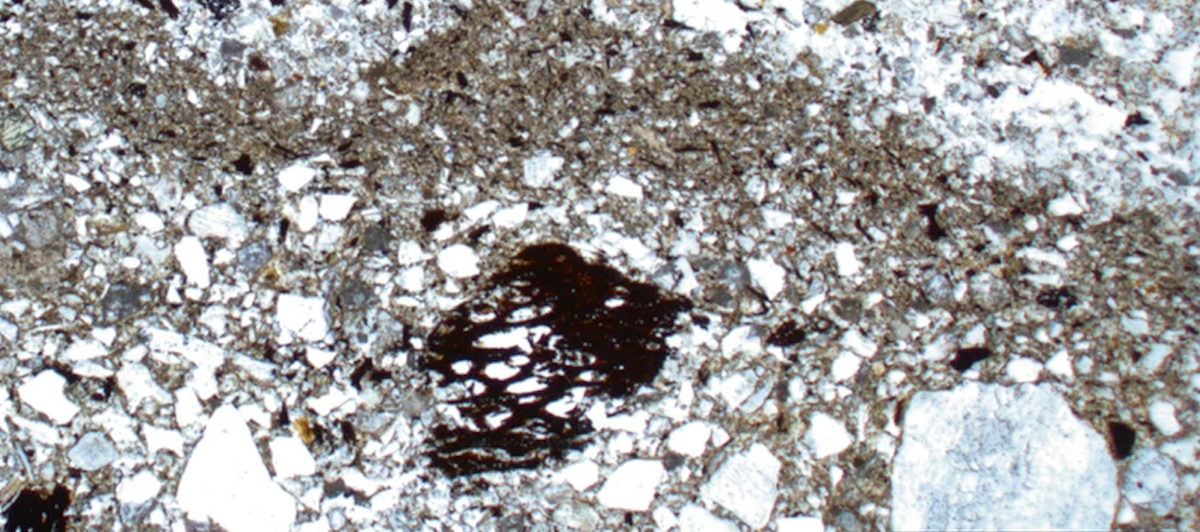
Significant amounts of charcoal on several Mithraea floors had been noted in earlier research, and were generally assumed to be from fires set by Christians in an effort to eradicate the cult. But Lo Russo says there are too many layers of charcoal for a single event. Instead, successive layers of charcoal and ash were laid down purposefully and repeatedly over many years. Through high-powered microscopic analysis, she found indications that the animal bones were the remains of feasts, perhaps sieved to remove the larger fragments and then spread across the floor. The microscopic grains were packed down, likely by walking on them, after being spread. Something the team did not find in their analysis: the dirt, food waste, bird guano and other debris typically uncovered on ancient floors.
“They really cared about having a clean surface that was then renewed,” Lo Russo says. The evidence suggests floors had special significance in a Mithraeum—an idea supported by other recent finds. At a Romanian Mithraeum, for example, Egri and colleagues found a box of charcoal and burnt animal and plant remains buried beneath the floor, possibly as an offering to commemorate the temple’s founding. Similar boxes have turned up at other Mithraea across Europe.
Taken together, the new research suggests that feasts likely played an important ceremonial role in the cult. The rooms themselves were laid out similar to the formal Roman dining arrangement known as a triclinium. Chickens were a common source of meat at the feasts, as were young pigs, both luxuries at the time. On the altar, a portion of the meal may have been set aside for Mithras, and, believes Egri, possibly set on fire to symbolize the god’s presence, sharing in the meal.
Afterward, the research suggests remains of the feast were burnt, large fragments removed, and the rest spread evenly across the floor. The material was then walked over and tamped down to form a thin layer of charcoal. The Mithraic cult members would perform the ritual repeatedly, adding a new layer each time. At one Mithraeum they studied in Zillis, Switzerland, Lo Russo says there’s evidence that so many layers had built up after hundreds of feasts that they needed to dig the floors out and start over.
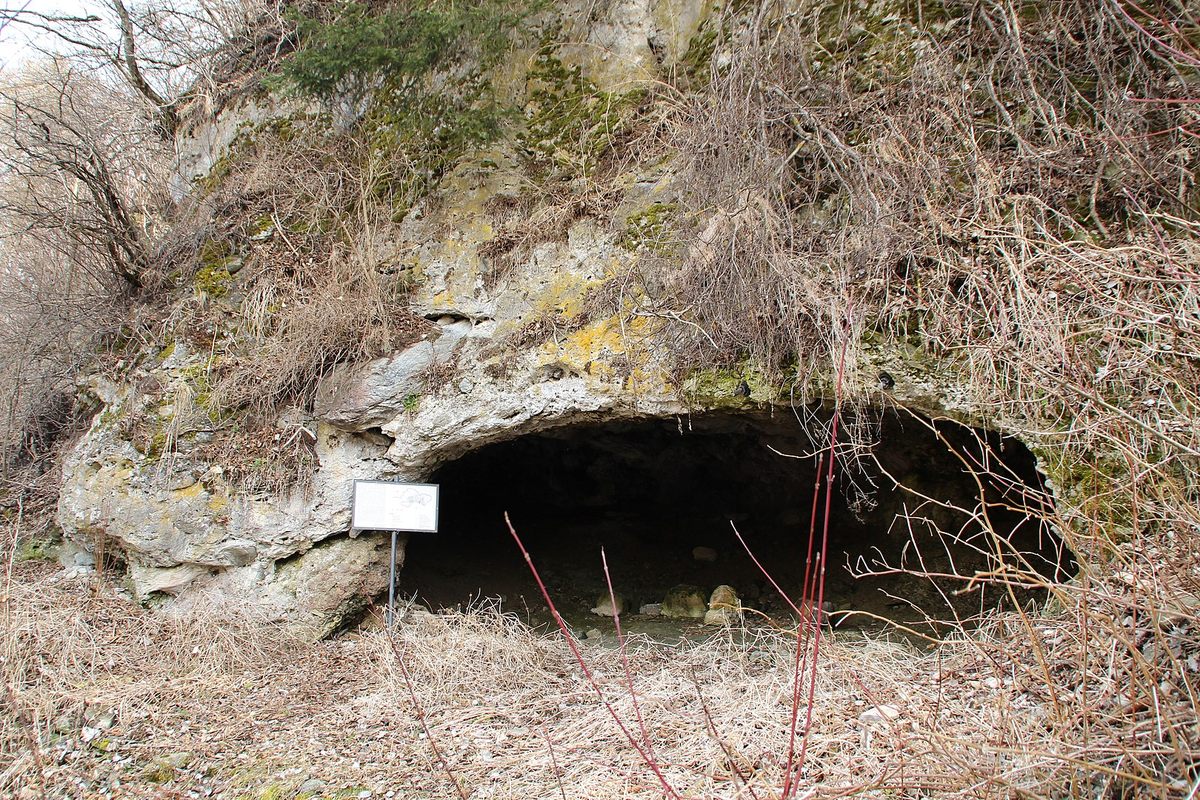
The geoarchaeologist hopes to conduct comparative studies on other Mithraea floors, to see how the practice of Mithraism varied across the Roman Empire. Gathering ancient DNA from the bone fragments, something outside the scope of the recent paper, could also reveal details about the animals and their significance in Mithraic rites.
Lo Russo is also interested in further exploring something uncovered in her recent research: Larger animal bone fragments were not burned but instead left to decompose, but why—like many other details of Mithraism—remains a mystery.
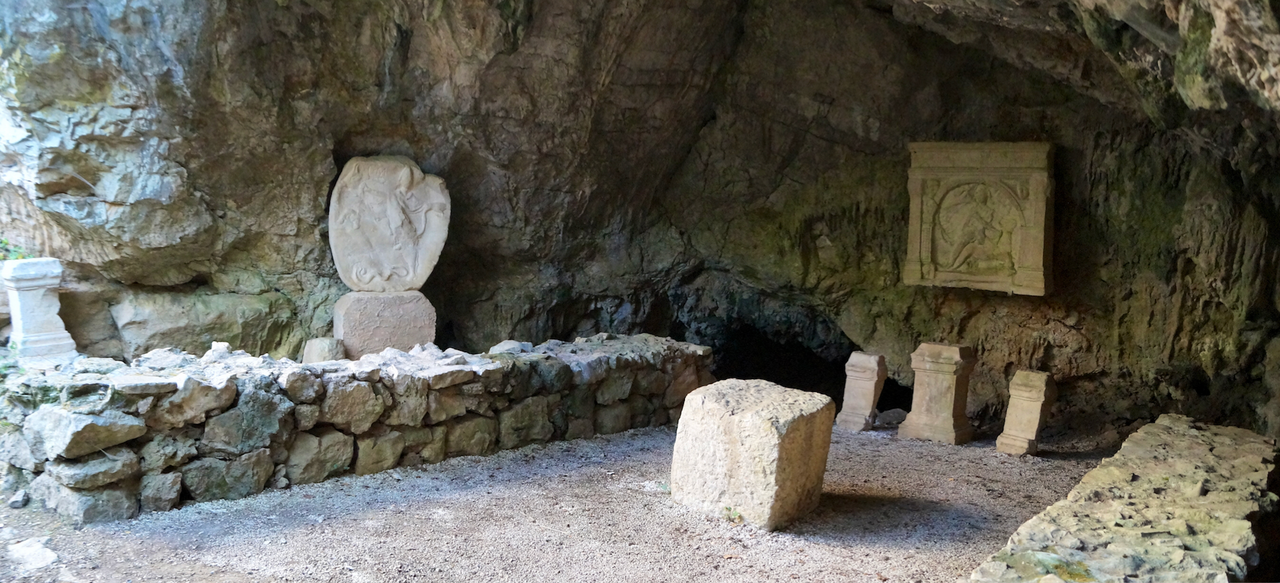


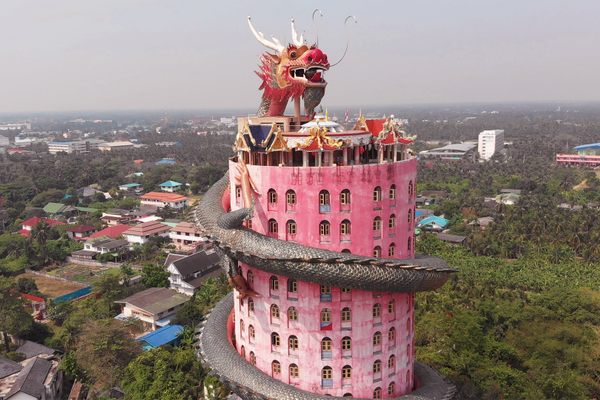

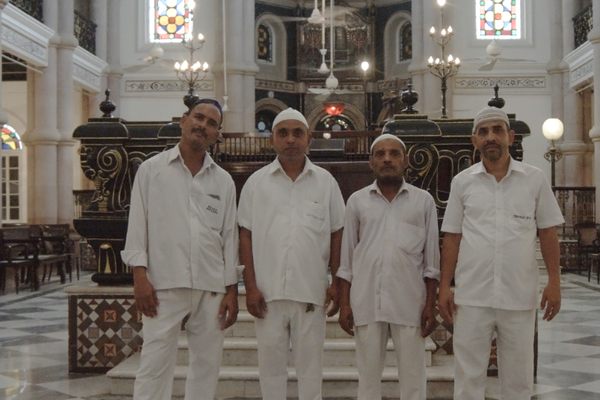



























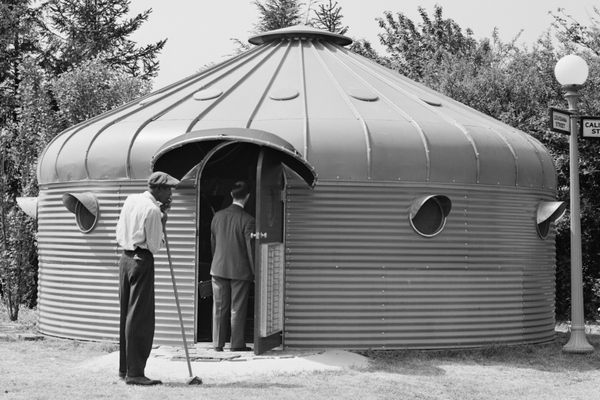

Follow us on Twitter to get the latest on the world's hidden wonders.
Like us on Facebook to get the latest on the world's hidden wonders.
Follow us on Twitter Like us on Facebook